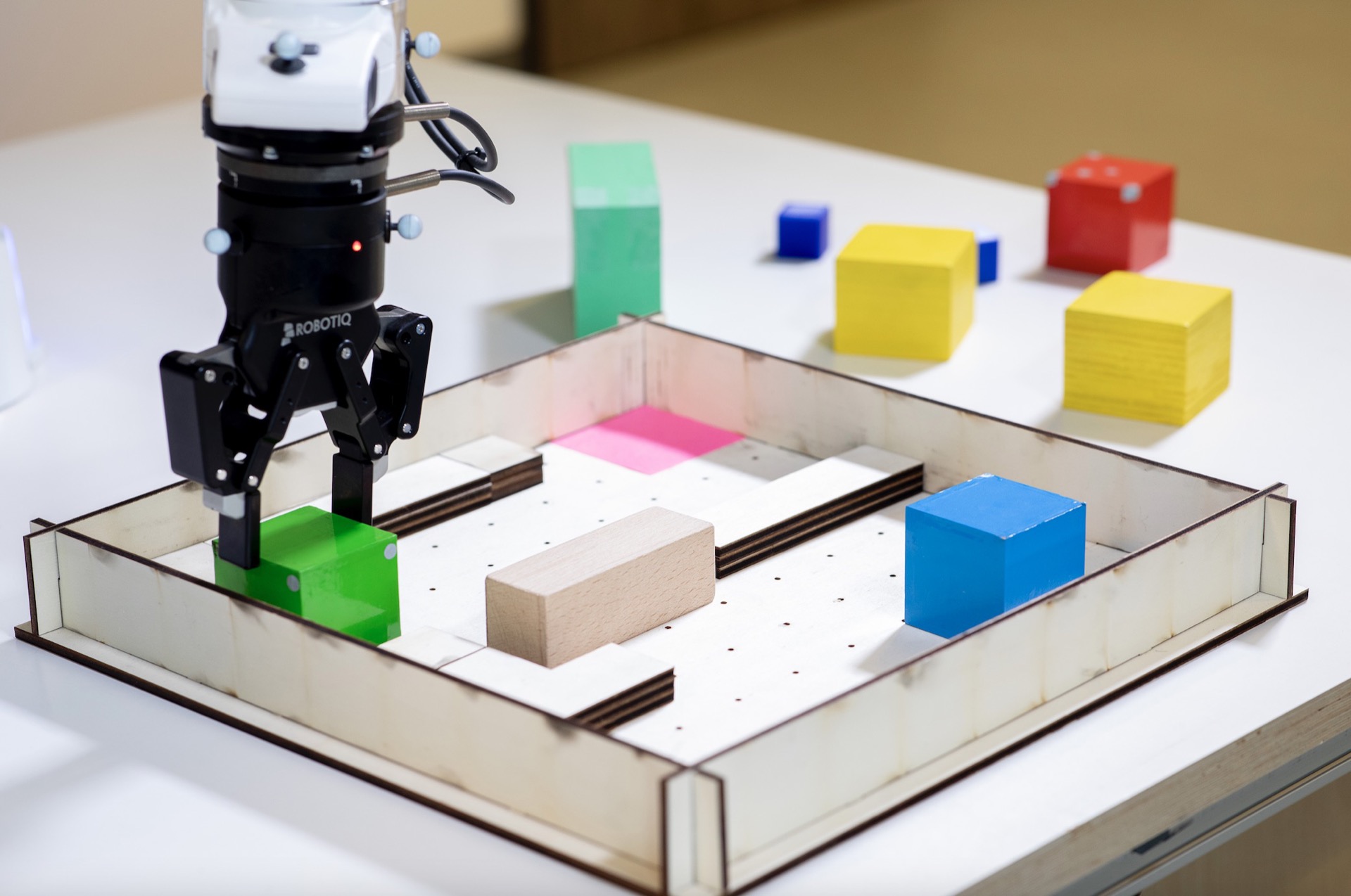Analyzing human physical reasoning and strategy exploration on physical puzzles
What are the choices in an escape room scenario?

©SCIoI
How do humans solve physical puzzles? And how does this compare to strategies we can develop in AI? Typical studies of human decision making assume a simple decision space of only few discrete choices, controlled uncertainties, in which case the computational disciplines readily offer methods to compute rational policies. However, the range of decisions and strategies applicable in a physical world is much less constrained, and optimal rational behavior is hard to describe rigorously and synthesize in AI solvers. We will study the strategies humans apply in solving virtual physical puzzles as well as AI methods to tackle the same problems. A physical puzzle can involve looking for hidden object parts, assembling a structure, or manipulating objects in an unexpected way. Solving it presents a challenge because it requires lateral thinking and exploration of different strategies in a trial-and-error manner. By joint studying humans and developing AI methods to solve such problems we aim to uncover what actually are the strategies available to humans in solving physical puzzles, and how they switch and discover new strategies during trial-and-error.




